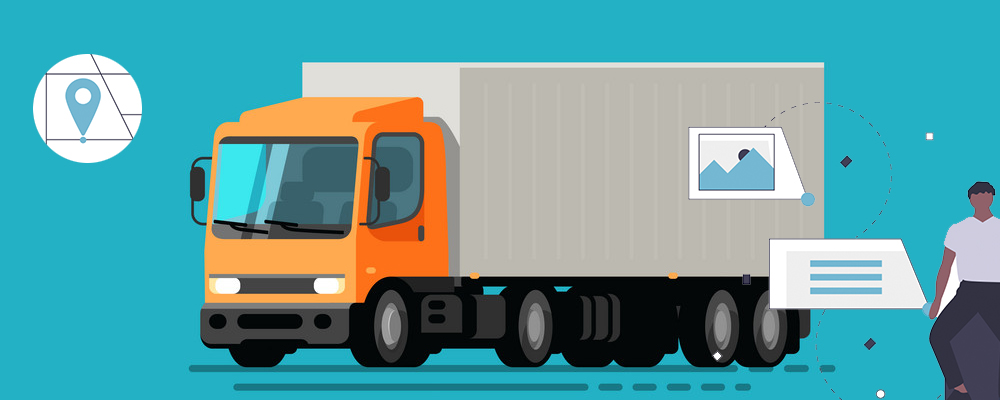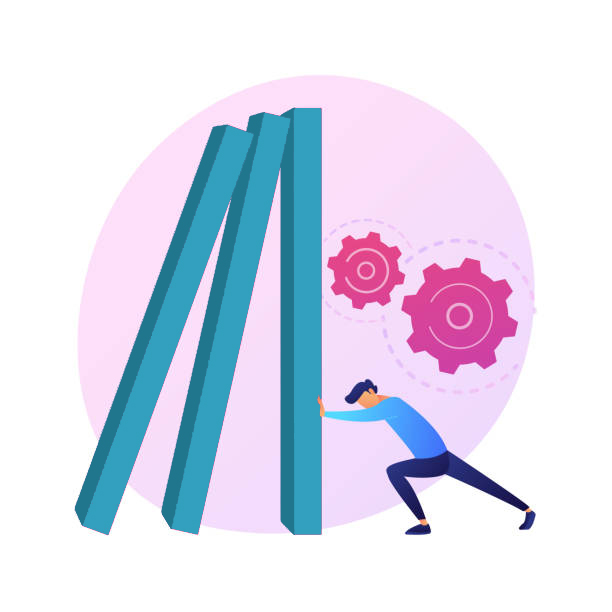Anticipating external risks always gives you an edge- you can prevent any major consequences like avoiding indefinite business closure, revisiting recovery policies, or operating without as much workforce as you may need. Right from the cruel impacts of the ongoing pandemic to very distinctive emergencies, your retail store operations can fall prey to risks at any point in time.
Here in this blog, we discuss how Zapoj, an AI-powered CEM tool helps retail owners mitigate the impacts of some major critical events, avoid store disruptions, and promote resiliency.
Critical events that disrupt store operations
Critical events are fickle and unpredictable, and they are different by nature. In general, critical events have one thing in common- to disrupt operations irrespective of how they evolve. The most usual level of threats to your business comes from
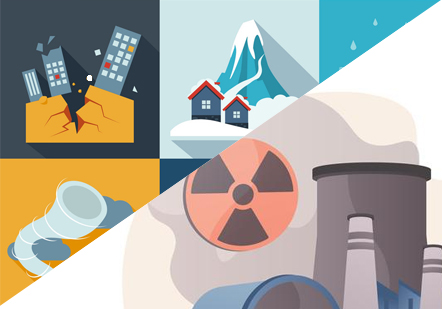
- Man-made disasters – civil unrest, active shooter, terrorist attacks, riots, or strikes
- Natural disasters – bad weather, cyclone, flood, storms, earthquake, pandemic, and wildfire.
Each of the threats has a different level of impact on your business, which is detrimental to your success. Let’s see how they impact your retail store operations.
How do critical events impact your store operations?
Right from man-made disasters to natural disasters, the threat scopes have increased for stores and their business resiliency.
Retail alone garners $3.8 trillion worth of annual revenues, which is the easiest target of terror attacks and perhaps more impactful at disrupting services and sales. Significantly, the number of attacks has risen from 14,371 to 18302 between 2006 and 2021. Retailers being unequipped to handle the situation, it is more of a challenge to keep everyone informed and safe.

Active shootout incidents are quite relevant during this ongoing pandemic, however, this is not also a new trend. Mass shootings span beyond campus or streets, they are now more active in areas like grocery stores and other retail stores.
Natural disasters are quite impactful and effective in disrupting services at retail stores. More than this common phenomena, earthquakes, flooding, severe weather, tropical cyclones, winter weather, or wildfire can drive direct economic losses. Since 2019, we have witnessed as many as 12 individual natural disaster events with four severe weather outbreaks, four tropical cyclones, two flooding events, and wildfires on average every year across the world. Among them, the costliest economic peril was severe weather events.
As they add up, an unprecedented growth challenge may fall out. Here’s what potential impact you can expect from these threats:
Lost Revenues:
In the retail sphere alone, severe weather costs 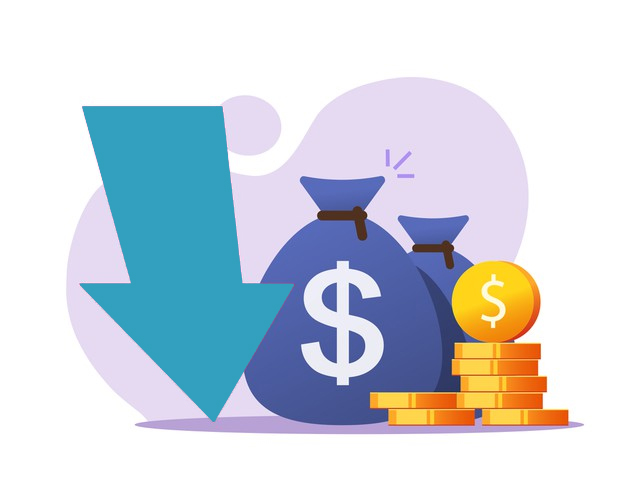 your business $630 billion in lost revenues. In situations like natural disasters, retail stores operating in any industry are likely to face disruptions too.
your business $630 billion in lost revenues. In situations like natural disasters, retail stores operating in any industry are likely to face disruptions too.
Man-made catastrophes including pandemics are directly related to panic-stricken buying behavior, even though store operational managers also have little to no resources that can support reopening at the earliest. Going forward, small businesses are more vulnerable to these critical situations. This means financial losses are always high incurred by shortfalls in sales, drop in cash flow, and business closures.
Waste of inventory
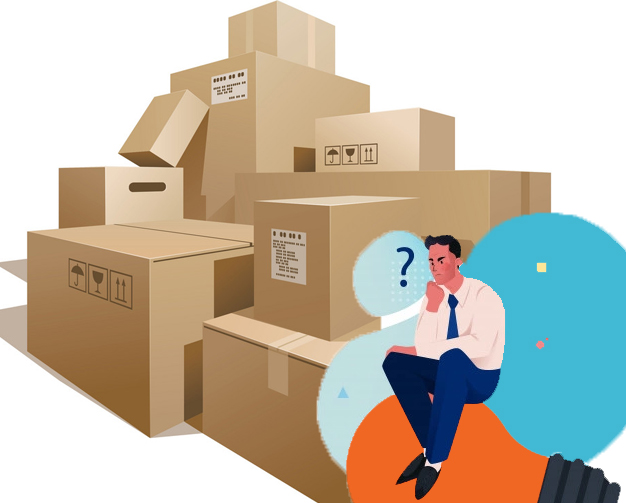 Extreme weather conditions, anything from tornadoes and hurricanes to heat and snow can easily qualify to cause damage to your inventory. Since you don’t anticipate or have any preparedness to handle these situations, more than often critical events can affect your inventories, and not to mention your bottom line. It results in being understocked in the coming months, which later adds to difficulties in order fulfillment or shipment.
Extreme weather conditions, anything from tornadoes and hurricanes to heat and snow can easily qualify to cause damage to your inventory. Since you don’t anticipate or have any preparedness to handle these situations, more than often critical events can affect your inventories, and not to mention your bottom line. It results in being understocked in the coming months, which later adds to difficulties in order fulfillment or shipment.
Employee safety at stake
 Pandemic, natural disasters, or man-made disasters can have potential threats to employee safety. Your employees are scattered between different departments, they are traveling, or working off-site. A different kind of isolated situation can become threatening to their lives or security. It’s an organizational duty to improve the safety and security of your employees. An inability to implement or ensure an enhanced safety or security can lead to employees being out of action, which directly affects productivity and business continuity.
Pandemic, natural disasters, or man-made disasters can have potential threats to employee safety. Your employees are scattered between different departments, they are traveling, or working off-site. A different kind of isolated situation can become threatening to their lives or security. It’s an organizational duty to improve the safety and security of your employees. An inability to implement or ensure an enhanced safety or security can lead to employees being out of action, which directly affects productivity and business continuity.
Lost LTV from customer churn
 As situations aggravate with changing norms of critical events, you are less likely to restore operations timely. A lot of time goes into the decision-making with stakeholders and partners to decide the next course of the action plan. Being understocked or having not enough stocks, you end up frustrating your customers. Simultaneously, your store is unable to operate with a full workforce, which makes it difficult to manage the influx of shoppers, meaning it sends out a negative impression and adds to customer fatigue. These are enough reasons to reduce the lifetime value of customers and therefore cause customer churn.
As situations aggravate with changing norms of critical events, you are less likely to restore operations timely. A lot of time goes into the decision-making with stakeholders and partners to decide the next course of the action plan. Being understocked or having not enough stocks, you end up frustrating your customers. Simultaneously, your store is unable to operate with a full workforce, which makes it difficult to manage the influx of shoppers, meaning it sends out a negative impression and adds to customer fatigue. These are enough reasons to reduce the lifetime value of customers and therefore cause customer churn.
Brand damage
 The less you are prepared to handle the evolving critical situations with time, the more you are at risk of losing your brand reputation. Every second matters as you lose momentum due to inadequate inventories, staffing issues, and resources. Delays in business continuity impact user experience, their trust, and confidence in you. Altogether, your brand falls apart, and your customers tend to lean towards those businesses that meet their demands.
The less you are prepared to handle the evolving critical situations with time, the more you are at risk of losing your brand reputation. Every second matters as you lose momentum due to inadequate inventories, staffing issues, and resources. Delays in business continuity impact user experience, their trust, and confidence in you. Altogether, your brand falls apart, and your customers tend to lean towards those businesses that meet their demands.
How can you prevent store disruptions?
Here’s Zapoj that helps prevent store disruptions by allowing granular level threat intelligence. Identify if your people or assets are in harm’s way and provide accurate context to reduce their impacts.
Keeping employees safe and secure
Be it pandemic, disease, or other threat-related updates, Zapoj facilitates reaching out to the right employee at the right time.
During incidents like active shootouts or natural disasters, geofencing or location awareness gives you contextual information and helps you detect who’s in harm’s way. This capability is also powerful for contact tracing for COVID-19 infections that ensures the safety and security of your employees.
Keeping up with customer demand
To be able to prevent store disruptions and continuously meet the customer demand in the most critical times is the nice thing about increasing brand loyalty and earning customer trust. Zapoj CEM dedicatedly takes care of this important affair.
- On-call schedules – Resilience is key to maintaining your retail or eCommerce success. An unpredictable emergency- active shootout or natural disaster that impacts employee capacity can cause immediate shortfall and affect normal operations. To make up for capacity shortages, automated on-call schedules can fill emergency shifts and help keep up with operations. Zapoj automatically sends out notifications to available team members to resolve issues as they arise.
Zapoj is a geographically dispersed system so it can reach employees at any time and anywhere on devices that they use. Hence, sustaining capacity and restoring operations become much easier.
- Situational awareness- By pulling in data from different sources, you can integrate them into a Zapoj visual Risk intelligence to gain a common operating picture. This gives you situational awareness of the day-to-day challenges and makes it easier to identify potential threats which are likely to disrupt your operations. Using this capability, disaster preparedness is faster and more effective and you can keep your people, assets or inventory protected. So, you are prepared to handle risks and manage operations to meet customer expectations.
With Zapoj providing real-time risk intelligence, store operation managers can easily sustain operations from threats and save their employees. Let’s discover how Zapoj works to help with effective risk management that advocates for business resiliency.
Zapoj makes threat response fast and effective
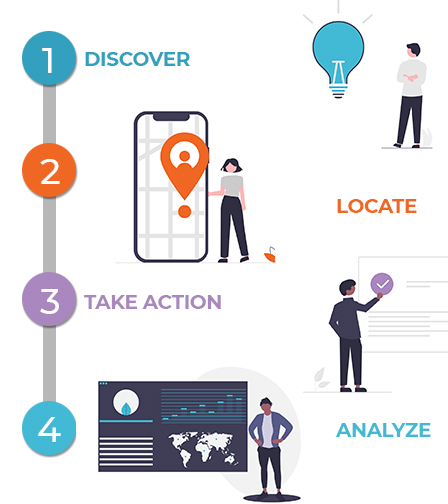
Organizations everywhere need to protect their people, assets, and infrastructure as critical events are erupting on a global scale. Combating these situations with just traditional systems is not enough as they are not engineered to work through the complexity of data. Zapoj is designed in such a way to handle complicated data so you can work through data, identify and evaluate risks, and prevent its impact.
- Discover:Your risk analysts work round the clock to keep track of potential threats. Zapoj gathers hyper-localized data in an automated way from social media, local media, government, or private bodies into its system. This is a scalable way for your analysts to identify the type and level of risk, and derive accurate insights into it, thereby, making it effortless to achieve context to the information while enabling accurate reporting without any ambiguity.
- Action: Getting accurate information is vital to cut through the noise, which also helps reduce time to respond and act. You can filter through only the priority-based information and pass it to responders- employees, stakeholders, peers, or partners- to take necessary action.
- Examine: Zapoj uses an auto-escalation process to automate these reports. No matter where your response team or stakeholders are, Zapoj CEM can instantly help build a single-click conference bridge to synchronize your team and accelerate collaboration and response. Multi-modal communication capabilities supported by clear and concise pre-built message templates help save time in reaching the right person via voice calls and texts on any device. Therefore, the level of accuracy and precision that Zapoj provides keeps you ahead of incidents and helps mitigate them before they become tough to handle.
- Analyze: Critical events are inevitable and they keep coming. Mitigating risks just before, during, or after isn’t everything. We all want to keep our business resilient and not to mention – save resources in risk mitigation efforts. The post-incident analysis is a key to build a robust recovery plan by evaluating areas for improvement and more scopes into what steps you should take on the basis of different types of critical events- as you ensure accountability of your risk mitigation efforts, you will be better prepared to prevent risks and business losses.
CEM in today’s evolving critical environment is not a nice-to-have tool, but a must-have business resilient platform. Zapoj is nicely designed to expedite profits or cut losses while also advocating for your brand value. Want a demo? Get in touch with us today.



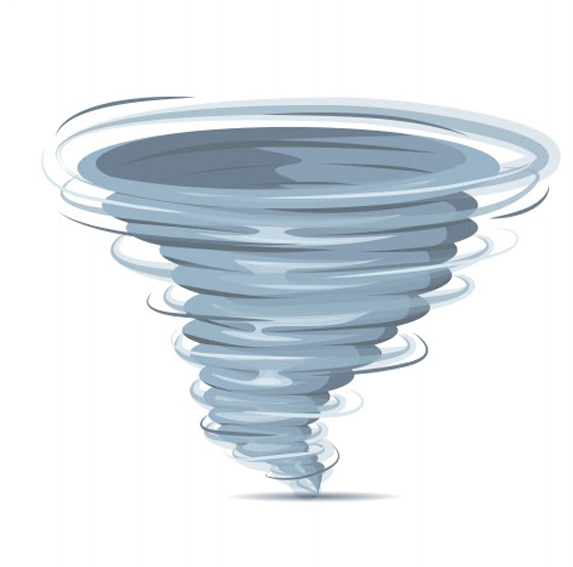 For shippers, transportation providers, or logistics agencies natural disasters are more of a major issue. The traditional hurricane season unleashes as many as 16 hurricanes. As high as it is, there are threats from tropical cyclones, flooding, and wildfires too.
For shippers, transportation providers, or logistics agencies natural disasters are more of a major issue. The traditional hurricane season unleashes as many as 16 hurricanes. As high as it is, there are threats from tropical cyclones, flooding, and wildfires too. Being stuck in traffic does not affect your timeline only- but also it contributes to reputation damage and costs your business thousands of dollars if not millions. Increased traffic means sitting idle in traffic, wasting time, having logistics wasted due to not being able to optimize truck services.
Being stuck in traffic does not affect your timeline only- but also it contributes to reputation damage and costs your business thousands of dollars if not millions. Increased traffic means sitting idle in traffic, wasting time, having logistics wasted due to not being able to optimize truck services.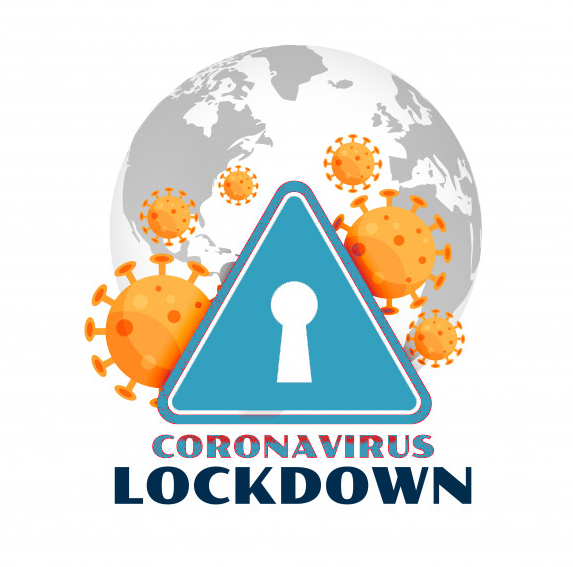 As soon as COVID -19 outbreak erupted, the supply chain began to shrink. To save borders, ports, and regions from infection transmissions, supply chain routes were restricted. From medical supplies and electronics to consumer goods and essential commodities, everything is vulnerable to disruption. Mckinsey & Co. reported that COVID-19 has resulted in $5 trillion economic losses to supply chain operations.
As soon as COVID -19 outbreak erupted, the supply chain began to shrink. To save borders, ports, and regions from infection transmissions, supply chain routes were restricted. From medical supplies and electronics to consumer goods and essential commodities, everything is vulnerable to disruption. Mckinsey & Co. reported that COVID-19 has resulted in $5 trillion economic losses to supply chain operations.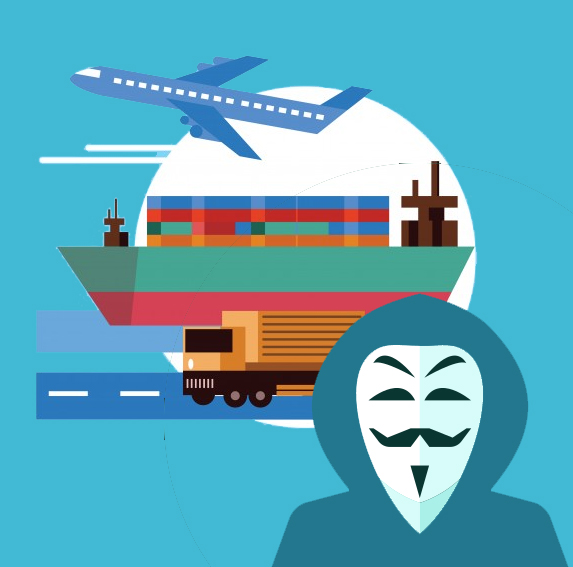 Mass ransomware attacks that intrude on the business ecosystem are detrimental to supply chain operations. Third-party software updates, malware, or application installers are the most preferred ways for unscrupulous hackers to breach the sensitive data of vendors and unleash supply chain disruption. According to a study from CrowdSource, cyberattacks cost the supply chain $1.1 of losses on average.
Mass ransomware attacks that intrude on the business ecosystem are detrimental to supply chain operations. Third-party software updates, malware, or application installers are the most preferred ways for unscrupulous hackers to breach the sensitive data of vendors and unleash supply chain disruption. According to a study from CrowdSource, cyberattacks cost the supply chain $1.1 of losses on average. other issues decrease capacity and disrupt commerce.
other issues decrease capacity and disrupt commerce.
